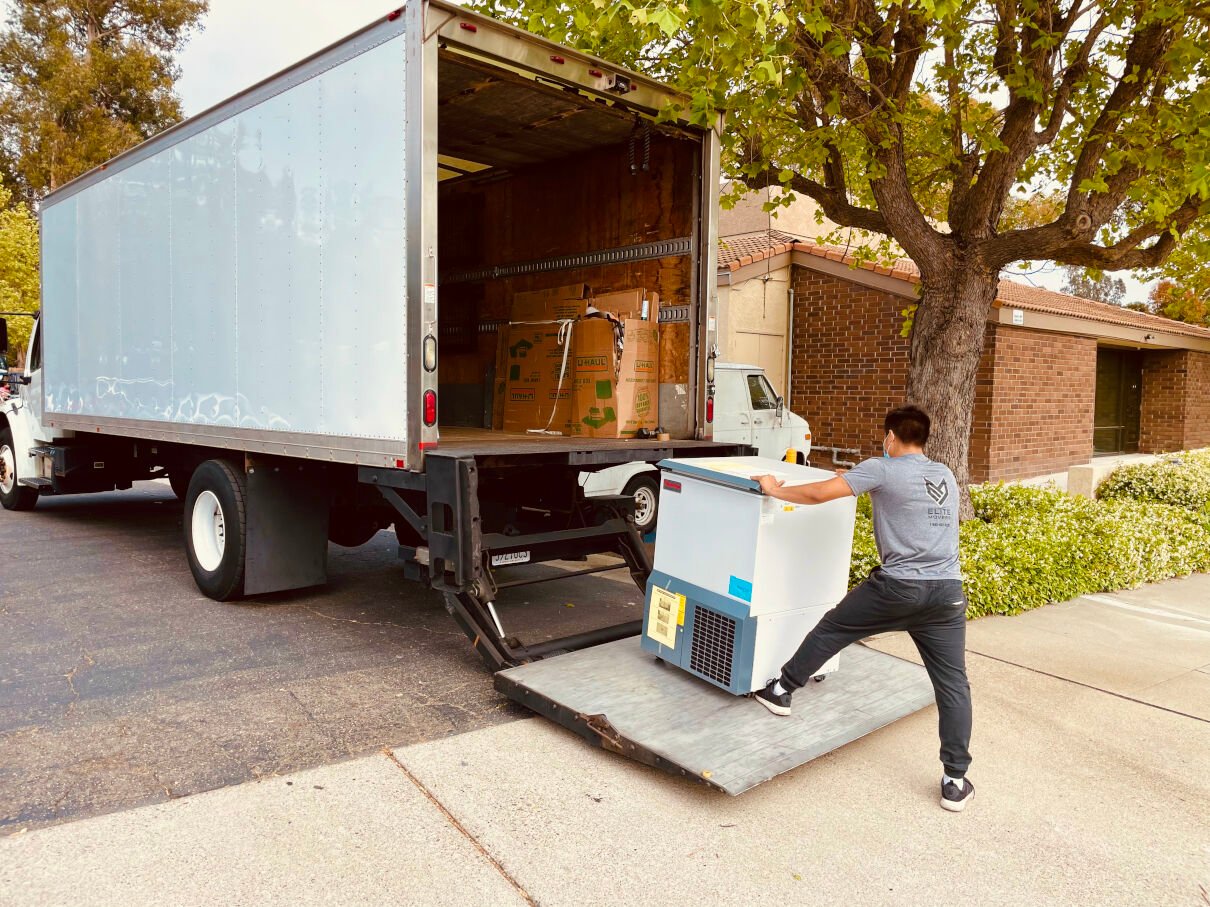Moving with pets can be challenging, but with the right approach, you can make it smoother for you and your furry companions. It’s vital to prepare them before the big day and ensure their comfort throughout the journey.
As you plan your move, consider how to create a seamless transition for your pets. Understanding their needs can make all the difference in helping them adjust to a new environment. So, what steps should you take first?
Preparing Your Pets for the Move
Pets feel the stress of moving, too—taking steps to ease their transition is key.
Familiarize Them with the Process
Help your pets adjust before moving day.
- Introduce moving boxes early so they can explore.
- Let them sniff around new items at their own pace.
- Pack gradually to reduce stress.
Maintain Routines and Comfort
Stability keeps pets calm.
- Stick to regular feeding and walking schedules.
- Keep favorite toys, beds, and blankets accessible.
- Designate a quiet space for them during packing.
Ensure Identification and Safety
Update pet info for peace of mind.
- Use a collar with an ID tag showing your new address.
- Consider microchipping if not already done.
- Keep pets indoors or secure them on moving day.
Talk to Your Vet
Professional advice can ease transitions.
- Ask about calming aids or medication for anxious pets.
- Get copies of your health records for your new vet.
- Discuss travel arrangements, especially for long-distance moves.
Ensuring a Safe Travel Experience
Your pet’s safety and comfort are top priorities during the move.
Choose the Right Carrier
A secure, well-ventilated carrier makes all the difference.
- Select a carrier large enough for your pet to stand, turn, and lie down.
- Ensure proper airflow and comfort.
- Line the bottom with absorbent material or a favorite blanket.
Travel Safely by Car
Take precautions to protect your pet on the road.
- Keep pets in the back seat—never in front.
- Don’t allow pets to stick their head out the window.
- Secure the carrier to prevent shifting during travel.
Plan for Breaks and Needs
Regular stops keep your pet healthy and calm.
- Schedule breaks for food, water, and bathroom time.
- Always use a leash or harness during stops.
- Keep travel essentials easily accessible.
Prepare for Air Travel
Flying requires extra preparation.
- Review airline pet policies in advance.
- Use approved carriers and ID tags.
- Ask your vet about calming options if needed.
Helping Your Pets Adjust to Their New Home
A smooth transition starts with familiarity and patience.
Create a Familiar Environment
Recreate your pet’s comfort zone right away.
- Set up their bed, toys, and food bowls in a quiet area.
- Use items that smell like the old home to ease anxiety.
- Avoid rearranging their space too soon.
Stick to a Routine
Consistency helps pets feel secure.
- Maintain the same feeding and walking times.
- Stick to their regular play and rest schedule.
- Keep changes gradual to avoid overwhelming them.
Supervise and Let Them Explore
Let your pet adjust at their own pace.
- Allow short, supervised explorations of the new home.
- Close off unsafe or unfamiliar areas at first.
- Gradually increase their access as they gain confidence.
Adjustment takes time, so it’s essential to be patient and supportive as your pet settles into their new environment. Spend extra time bonding with them and offering comfort through familiar routines and gentle attention.
Reward calm behavior with treats or affection to reinforce a sense of safety. Watch for signs of stress, such as changes in eating habits or behavior, and respond with calm reassurance to help them feel secure.














